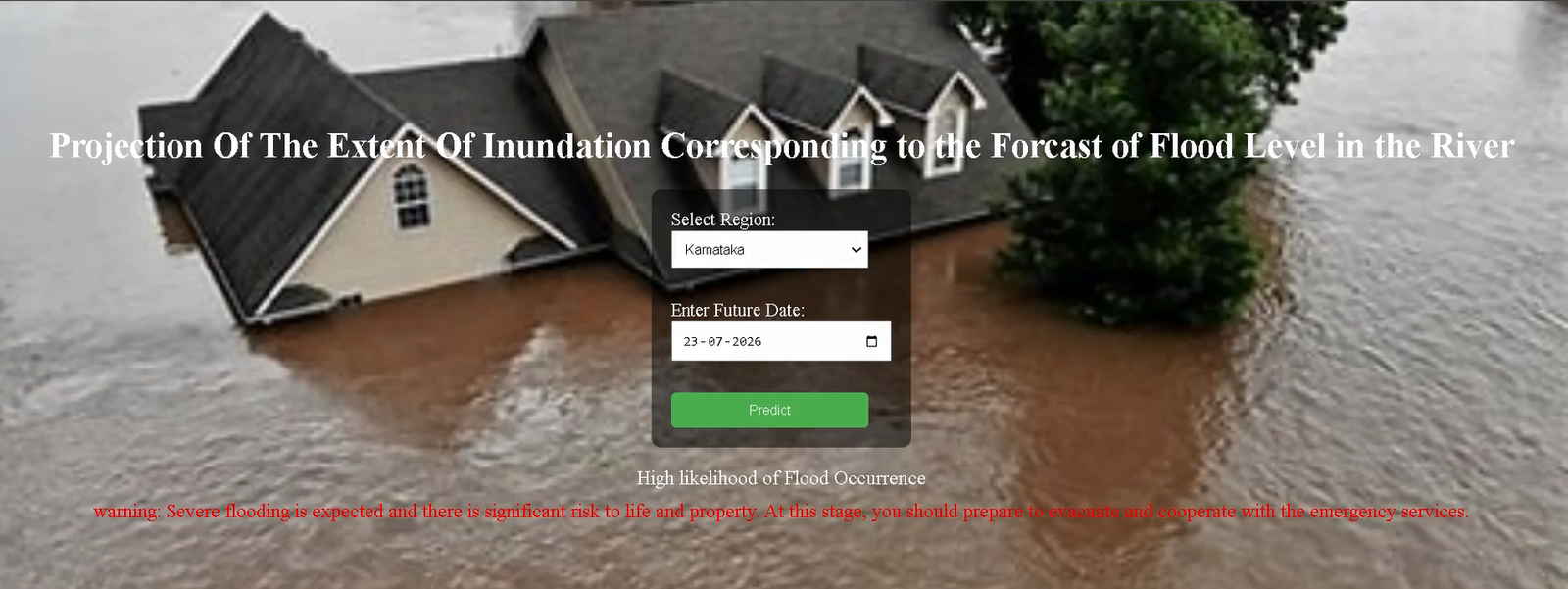No products in the cart.
Python AI/ML Based Projects
Forecast of Flood in a River Using Python AI
Availability:
10 in stock
The “Forecast of Flood in a River Using Python AI” project aims to predict the likelihood of flooding in a river basin based on various environmental factors and historical data. By leveraging AI and machine learning models, this project can provide early warnings and help mitigate the impact of floods, which are among the most devastating natural disasters.
₹7,434.00 ₹8,850.00 (Inc. GST)
10 in stock
Forecast of Flood in a River Using Python AI
The “Forecast of Flood in a River Using Python AI” project aims to predict the likelihood of flooding in a river basin based on various environmental factors and historical data. By leveraging AI and machine learning models, this project can provide early warnings and help mitigate the impact of floods, which are among the most devastating natural disasters.
Key Features:
- Real-Time Prediction: Utilizes real-time data such as rainfall, river flow, and soil moisture to predict flood events.
- High Accuracy: Implements advanced AI models to ensure high accuracy in flood forecasting.
- User Alerts: Generates alerts and notifications to inform relevant authorities and communities about potential flood risks.
Technologies Used:
- Python: The primary programming language used to develop and implement AI models.
- TensorFlow/PyTorch: Deep learning frameworks for building and training neural networks.
- Scikit-learn: For implementing traditional machine learning algorithms.
- Pandas & NumPy: For data manipulation and analysis.
- Matplotlib/Seaborn: For data visualization.
- APIs: For real-time data collection from meteorological and hydrological sources.
Implementation Steps:
- Data Collection:
- Historical Data: Collect historical data on river flow, precipitation, temperature, soil moisture, and previous flood events from reliable sources like government agencies or weather stations.
- Real-Time Data: Integrate APIs to collect real-time data on rainfall, river levels, and other environmental factors.
- Data Preprocessing:
- Data Cleaning: Clean the dataset by handling missing values, removing outliers, and normalizing data.
- Feature Engineering: Identify and create relevant features such as cumulative rainfall, river discharge rates, and soil saturation levels.
- Time-Series Analysis: Prepare data for time-series analysis, which is crucial for predicting events over time.
- Model Selection:
- Machine Learning Models: Implement models like Random Forest, Gradient Boosting, or Support Vector Machines for prediction based on historical data.
- Deep Learning Models: Use Recurrent Neural Networks (RNN) or Long Short-Term Memory (LSTM) networks for time-series flood prediction, as these models can handle sequential data effectively.
- Model Training:
- Data Splitting: Split the data into training and testing sets to evaluate model performance.
- Training: Train the model using the training dataset, adjusting parameters for optimal accuracy.
- Cross-Validation: Use cross-validation techniques to ensure model generalizability.
- Evaluation:
- Model Testing: Test the model on the testing dataset to evaluate its accuracy, precision, and recall.
- Confusion Matrix: Use confusion matrices and other metrics to assess model performance in predicting flood events.
- Deployment:
- User Interface: Develop a user-friendly interface or dashboard where predictions can be visualized and alerts can be managed.
- API Integration: Create APIs for integrating the model with existing flood warning systems or environmental monitoring platforms.
- Cloud Deployment: Deploy the model on cloud platforms to allow real-time data processing and predictions.
- Real-Time Monitoring:
- Continuous Data Input: Set up the system to continuously receive and process real-time data, updating predictions as new data becomes available.
- Alert System: Implement an alert system that sends notifications via SMS, email, or mobile apps when the likelihood of flooding surpasses a certain threshold.
- Continuous Improvement:
- Model Updates: Regularly update the model with new data to improve prediction accuracy.
- User Feedback: Incorporate feedback from users and stakeholders to refine the system and make it more responsive.
Benefits:
- Early Warning: Provides early warnings, allowing communities and authorities to take proactive measures to prevent flood damage.
- Risk Mitigation: Helps in planning and implementing flood control measures, reducing the risk of catastrophic damage.
- Resource Allocation: Assists in efficient allocation of resources during flood events, such as emergency services and rescue operations.
Use Cases:
- Disaster Management: Used by government agencies and disaster management organizations to predict and respond to flood events.
- Agriculture: Helps farmers in flood-prone areas prepare and take necessary actions to protect crops and livestock.
- Urban Planning: Assists in the design of infrastructure and urban planning to minimize flood risks.
This project offers a robust solution for flood forecasting, leveraging the power of AI to save lives, protect property, and enhance community resilience against natural disasters.






There are no reviews yet.